Some of the readings for this Sunday are disturbing, reminiscent of the hellfire and brimstone of my youth; children punished for the iniquity of their parents, overturned tables in the temple, misunderstood meaning of Jesus’ words. Thankfully there are other writings highlighted that help me to balance the seeming threat in Exodus 20: 1-17 and the righteous anger in John 2: 13-25.
“Zeal for your house will consume me” spoken by Jesus predicting his upcoming crucifixion also invites me to consider whether I have zeal for the house of God. Could that zeal draw me out of myself to act for peace wherever I see violence ?
I also found comfort in Psalm 84:3 “The sparrow finds a home and a swallow a nest for her young by your altars oh Lord”.
We are living in an all too violent world. Sadly, that’s nothing new, but that violence doesn’t need to consume us. If you have coffee in a cup & someone bumps into you what’s in the cup will spill out. On this difficult week of my Lenten journey I choose to cultivate a spirit of peace so that when violence bumps into me I will offer love. Won’t you join me?
Maureen Condon, CSJ Associate










